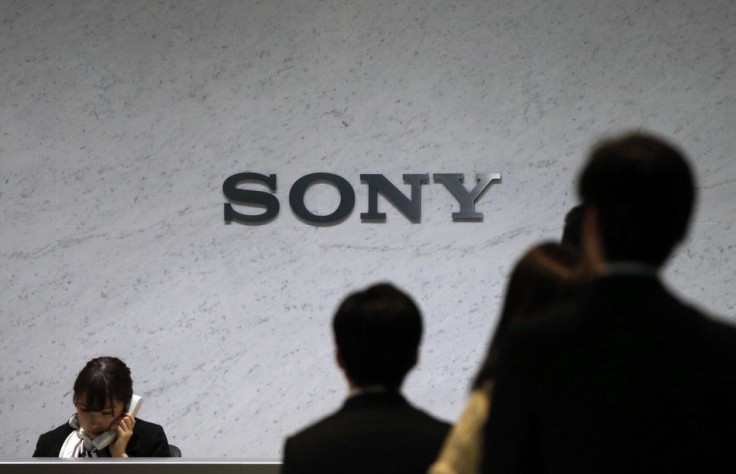Sony Xperia C3 vs. Xiaomi Mi 3: The Battle of the Oriental Smartphones

Xiaomi Mi 3 will soon celebrate its launch date anniversary this November. And since its release date, the Chinese-brand smartphone has been performing well in most user reviews as well as in sales. Proof of which is the release date ordering hype that it created in China last year as well as the recent market-went-crazy with online orders through FlipKart, India's prime online store. As reported, the online shop's website crashed due to multiple registrations made by consumers wanting to get their own Mi 3's.
Sony's Xperia C3, on the other hand, has the brand stability edge with Sony's over 6 decades of being in the consumer electronics industry. As it was recently claimed, Sony Mobile Communications aims to make the C3 known as the "world's best selfie smartphone." But does this smartphone have other noteworthy features aside from its wide-angled 5-MP front snapper with LED flash?
So in this battle between the Xiaomi Mi 3 and the Sony Xperia C3, which smartphone will get the market's vote?
For those who would want bigger display, the Xperia C3 has a 5.5-inch IPS HD screen which shows off Sony's prowess in display technology. Images and videos can be viewed in their precise and vivid colours from every side and angle of the display. This feature might also be important to those who frequently watch videos on their smartphones. However, when it comes to display protection, the Xiaomi Mi 3 scores over the Japanese smartphone since it has Corning Gorilla Glass 3 protection.
If memory capacity is important, the Mi 3 has 1 GB higher RAM compared to that of the Xperia's 1 GB RAM. As with the internal storage, for the China-made handset, there are two released variants, the 8 and 64 GB models. The Sony Xperia C3 only has 8 GB internal memory, but unlike the other phone in comparison, it has an external memory card slot if users need more storage space.
For hardware concerns, both mobile devices use quad-core Qualcomm Snapdragon processors, but the Mi 3 has an updated version Snapdragon 800 8274AB, which apparently processes faster at 2.3 GHz compared to 1.2 GHz of the Xperia C3. Both have Android Kitkat operating system and Java support.
The battery life of the Xiaomi Mi 3 is also 22 percent longer compared to that of the Xperia C3's 2,500 mAh. Connectivity wise, both phones have the basics such as GPS, Bluetooth, Wi-Fi and NFC support. But when it comes to the number of sensors, the Mi 3 wins with added sensors such as a barometer, a gyroscope, compass and an accelerometer which the Xperia C3 lacks.
The thinner Xiaomi smartphone is available in metallic gray, while the Sony mobile device comes in three colours, black, white and mint green. The former costs about AU$290 without contract and the latter handset costs AU$435.
And last but not the least, does the PROselfie smartphone Sony Xperia C3 outperform Xiaomi Mi 3's camera features? Both smartphones have dual cameras with flash, but the Mi 3 has a 13-MP back camera, while the Sony Xperia handset only has a 5-MP resolution camera. However, the difference in resolution of Sony Xperia C3's rear camera compared to the Mi 3 is offset by its front-snapper. Besides, being a selfie-centric smartphone, its front camera has a tad higher wide-angle 5-MP front camera compared to the Mi 3's 2-MP camera. The Sony smartphone also has lots of beautifying and editing tools to make those selfies more charming and flawless.
Who will win the battle? Let the market decide.





















